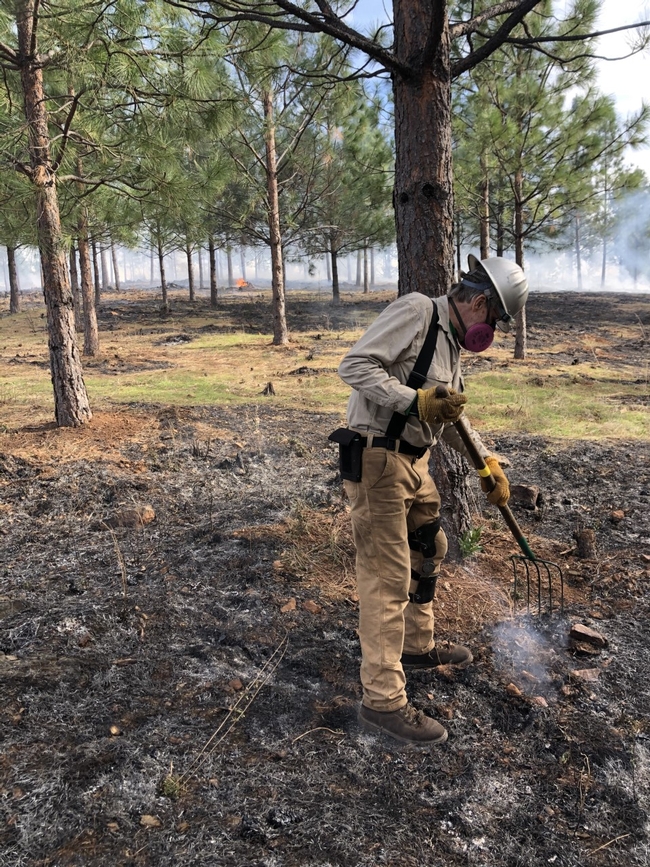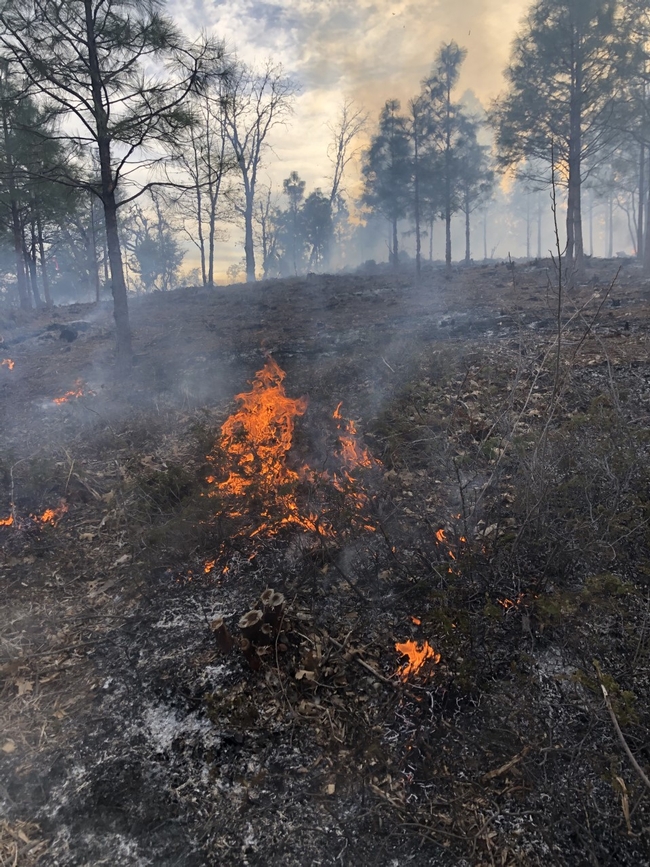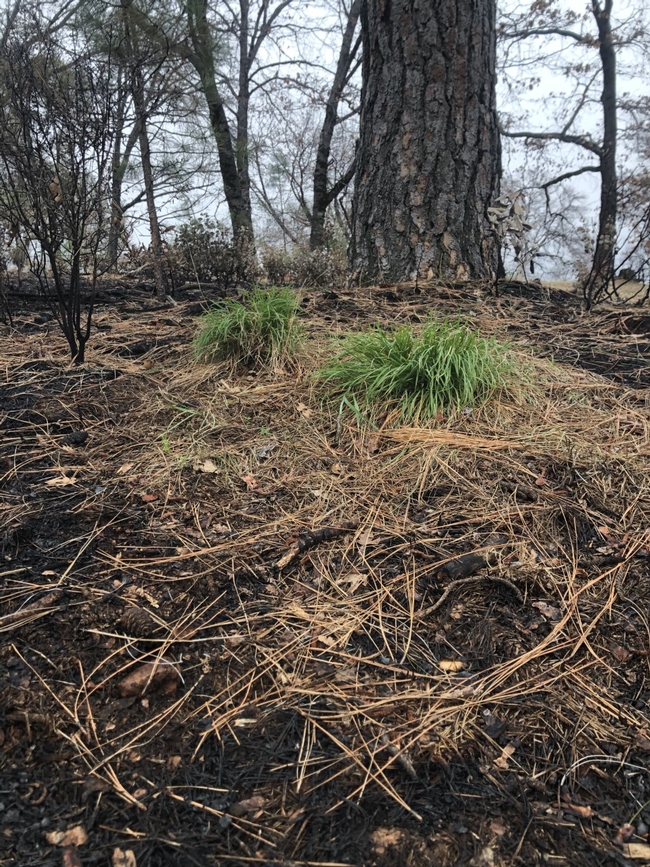I've known Doug Joses and his family for more than a quarter century. The unofficial mayor of Mountain Ranch (in Calaveras County) Doug has spent his entire life ranching in the Sierra foothills – raising cattle, sheep, and Angora goats. Several years ago, Doug related his experience during the Butte Fire (which devastated portions of Amador and Calaveras Counties in 2015). He also talked about his experience using fire to improve rangeland productivity in the 1970s and 1980s – he and his neighbors used fire regularly to control brush and improve forage quality for livestock and wildlife. I wasn't old enough to realize it, but fire was part of the ranching culture of the foothill communities where I grew up.
At some point, though, we lost the cultural affinity for – and know-how about – using fire as a tool for preventing larger, catastrophic wildfires (and for improving rangeland conditions). Fire became the domain of professionals – we simply couldn't trust ranchers – or our communities, really – with such a potentially dangerous tool. When I graduated from college and started my career in the early 1990s, very few ranchers were using fire in the foothills.
Perhaps landowners need to “take back” the work of using fire. Last month, I had the opportunity to observe (I would like to say “help,” but I really didn't do very much) a small broadcast burn in a patch of nonindustrial timber land near Colfax. The 2-acre site was part of a larger, multi-landowner shaded fuelbreak that included portions of Allen Edward's property. This particular patch had been masticated to knock down the brush that had regrown after the 2001 Ponderosa Fire (which Allen's previous fuel reduction work had helped to stop).
Of the various methods for reducing fuel loads, only fire and grazing actually remove fuel – mastication, mowing, herbicide treatments, etc. modify the fuel profile, but the fuel itself remains in place. The wood chips and brush scraps leftover from the mastication on this site were still flammable.
The key takeaway for me from the burn at Allen's was that fire – like grazing – can be an iterative process. A single burn – like a single graze period – won't necessarily convert a fire-prone site to a fire-safe site. Last week's burn consumed fuel on the surface, but not the deeper material that had been moistened by previous rainfall. Allen also emphasizes that two-thirds to three-quarters of the cost of the burns he's conducted so far were incurred “before we ever struck a match,” adding, “without the mastication, hand clearing, and pruning, a fire would destroy most of my trees.”
Most importantly, last month's burn seemed simple. All of us who were on site wore cotton or wool work clothes, sturdy boots, and work gloves. We had a variety of hand and power tools (fire rakes, McLeod hoes, pitch forks, backpack pumps, chainsaws, and leaf blowers), plus a pick-up bed water tank and trash pump for extra water. Chris Paulus, a retired CalFire battalion chief who is leading this effort in Colfax, brought a unique combination of professional knowledge and landowner practicality to the burn. While Chris is definitely an advocate for “good” fire, he's also sympathetic to the concerns and questions that landowners have about returning fire to the tool box.
As I've talked with Allen and Chris, a new idea is forming. Like any new “tool,” landowners and managers need time to get comfortable with actually using fire on the landscape. We've used our 2-day grazing academies (started by my predecessor, Roger Ingram) as a way to help ranchers get comfortable with managed grazing systems. What about a prescribed fire academy, where landowners can get real-world experience using fire to reduce wildfire danger, improve forage production, and enhance wildlife habitat. Stay tuned!


